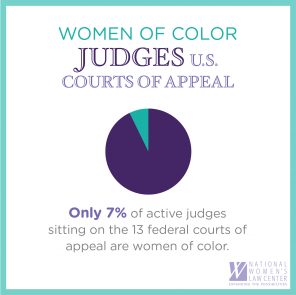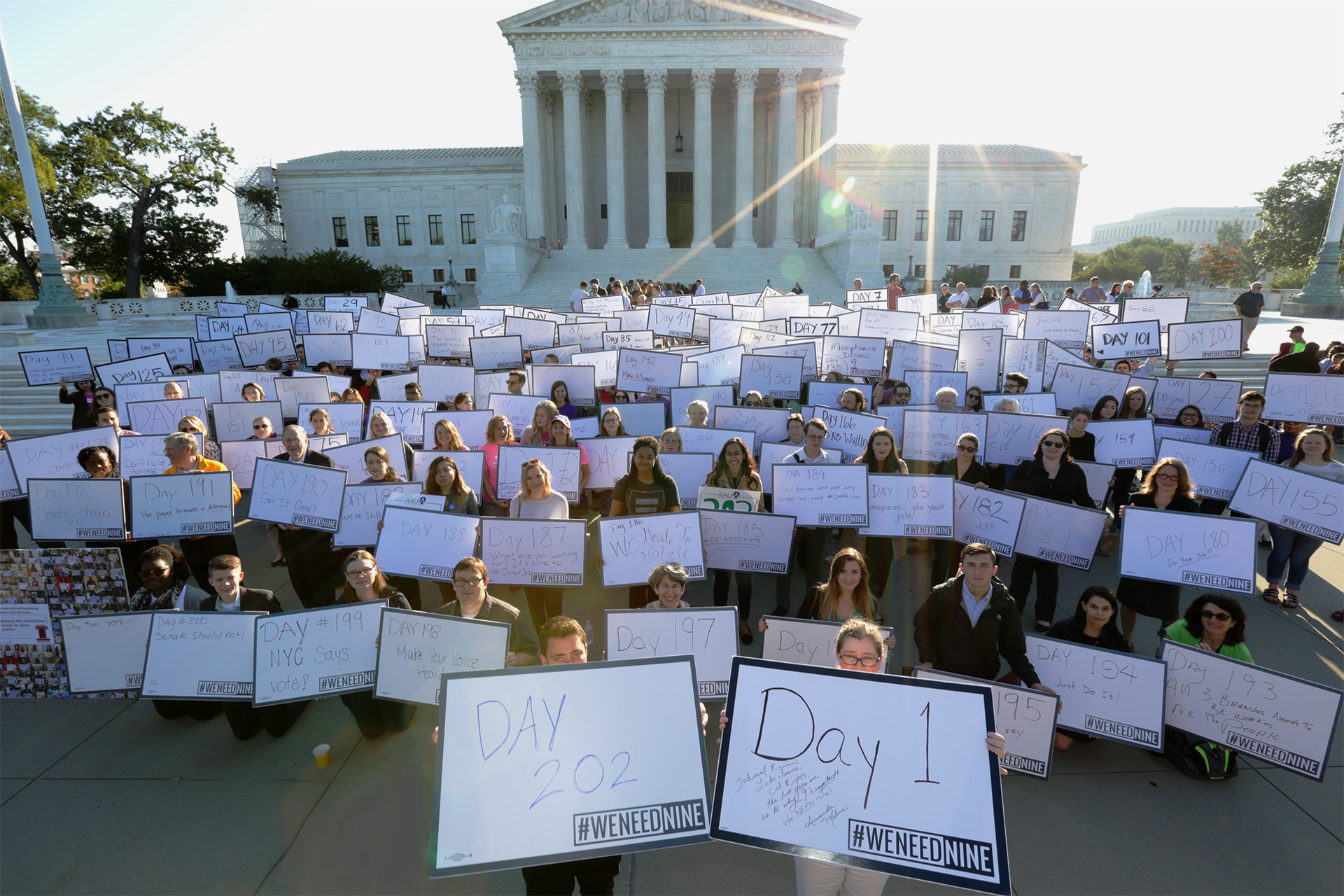Extremist judges will not stop endangering the lives of pregnant people or people who may become pregnant—overturning Roe v. Wade, attacking medication abortion, threatening the future of IVF, and this week at SCOTUS, emergency abortion care.
Our lawyers are waging strategic fights that make clear what is at stake for people who can become pregnant and seek to bolster our fundamental rights to control our lives, futures, and destinies.


 Today, the Senate Judiciary Committee held a hearing for two federal judicial nominees. As those who have been following the Senate Judiciary Committee’s persistent refusal do #DoYourJob this Congress are well aware, this is a fairly rare occurrence. Even rarer: that the two nominees at this hearing are both AAPI women. Lucy Koh, currently a district court judge on the Northern District of California, has been nominated to the U.S. Court of Appeals for the Ninth Circuit, and Florence Pan, currently a judge on D.C.’s Superior Court, has been nominated to a seat on the U.S. District Court for the District of Columbia. Judge Koh, the first Korean-American federal judge, would, if confirmed, become only the second AAPI woman to sit on a federal court of appeal. And if confirmed, Judge Pan would be the first AAPI judge on the federal district court in D.C.
Today, the Senate Judiciary Committee held a hearing for two federal judicial nominees. As those who have been following the Senate Judiciary Committee’s persistent refusal do #DoYourJob this Congress are well aware, this is a fairly rare occurrence. Even rarer: that the two nominees at this hearing are both AAPI women. Lucy Koh, currently a district court judge on the Northern District of California, has been nominated to the U.S. Court of Appeals for the Ninth Circuit, and Florence Pan, currently a judge on D.C.’s Superior Court, has been nominated to a seat on the U.S. District Court for the District of Columbia. Judge Koh, the first Korean-American federal judge, would, if confirmed, become only the second AAPI woman to sit on a federal court of appeal. And if confirmed, Judge Pan would be the first AAPI judge on the federal district court in D.C.


